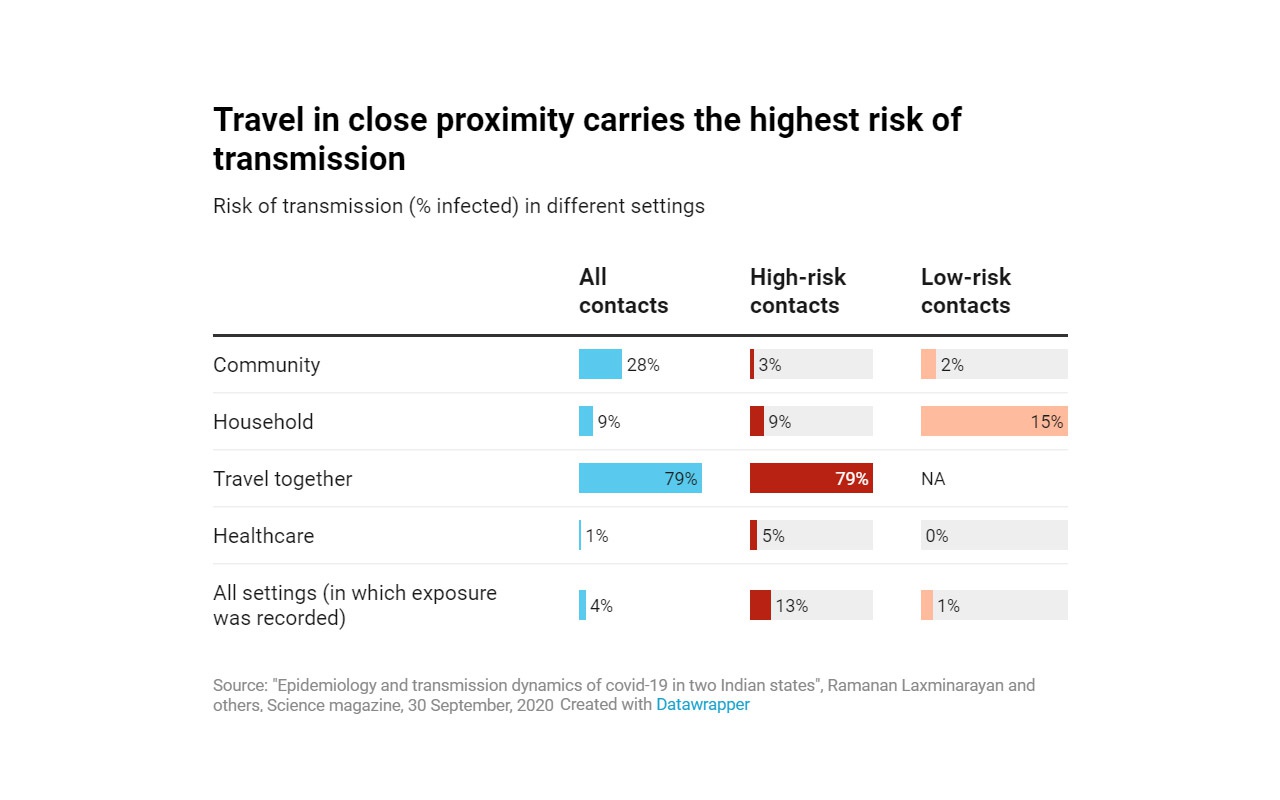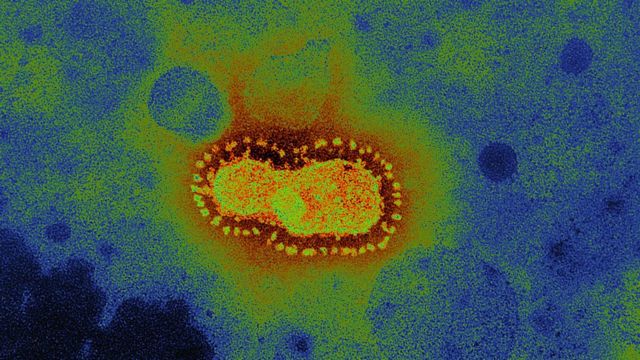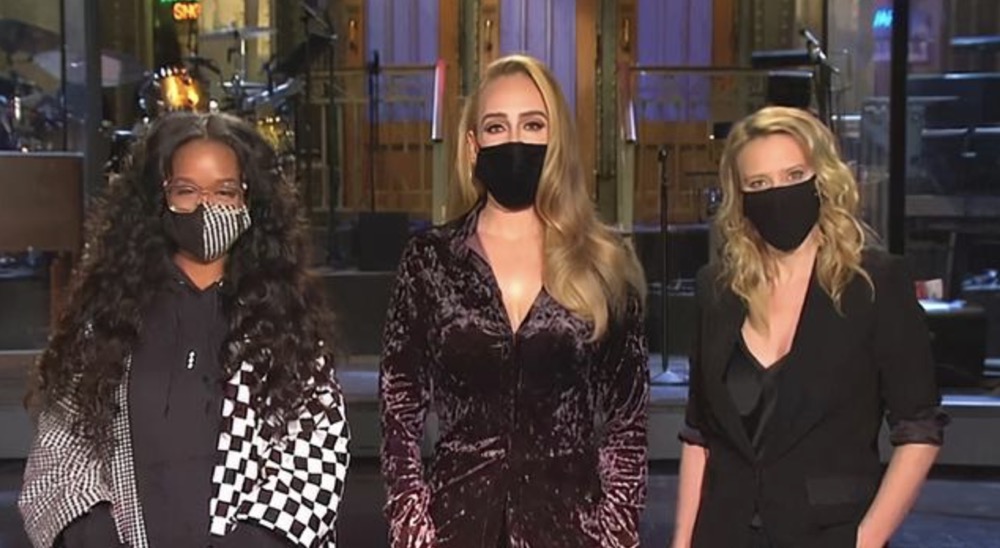What are the Odds That Teenagers Contract COVID-19?
Scientists and health authorities have often observed that children do not appear to contract and transmit the virus to the same extent as adults.
While the mechanisms behind this have remained somewhat mysterious , new evidence from South Korea shows that the age of children is also a vital factor to consider, with a large study indicating that older children seem to spread coronavirus on par with adults.
 A research team led by preventive medicine physician Young Joon Park from the Korea Centres for Disease Control and Prevention examined South Korean contact tracing reports from when the first case of COVID-19 was identified in the country on January 20, up until March 27.
A research team led by preventive medicine physician Young Joon Park from the Korea Centres for Disease Control and Prevention examined South Korean contact tracing reports from when the first case of COVID-19 was identified in the country on January 20, up until March 27.
During this window, 5,706 index patients were identified, meaning confirmed cases who were the first people identified as having COVID-19 in an investigated cluster or setting.
Contact tracing efforts chased up and tested 59,073 people who had contact with these confirmed cases, and it showed that, as expected, people living in the same household as an infected person are the most likely to get the virus.
Among 10,592 of these household contacts tested in the study, 11.8 percent of people ended up also having COVID-19, whereas just 1.9 percent of non-household contacts had the virus.
"Higher household than non-household detection might partly reflect transmission during city lockdown, when family members largely stayed home except to perform essential tasks, possibly creating spread within the household," the researchers explain in their study, which is in early release.
The results also showed up something unexpected, however. When index patients were categorised by age (0–9, 10–19, 20–29, 30–39, 40–49, 50–59, 60–69, 70–79, and >80 years), households with older children (index patients of 10–19 years) had the highest rate of infection spread to household contacts, with 18.6 percent of household contacts later showing the infection.

By contrast, young children (index patients 0–9 years of age) seemed to confer the least amount of spread of the virus, with just 5.3 percent of household contacts contracting the infection, which is less than half of the 11.8 percent average of all age groups.
The researchers acknowledge several limitations in their study, including asymptomatic patients that may have been missed, and data shortcomings due to testing differences between households and patients. Also, the study doesn't tell us how contacts actually got infected, as household contacts might have been exposed to the virus outside their homes.
Nonetheless, it's a great reminder that children occupy very different bodies and demonstrate very different behaviours.
"I fear that there has been this sense that kids don't get infected in the same way as adults, " infectious diseases researcher Michael Osterholm.
"There will be transmission. What we have to do is accept that now and include that in our plans."
The early release findings are reported in Emerging Infectious Diseases.
OTHER NEWS
-
- How to Cure Auto-Brewery Syndrome
- By Anne 24 Apr,2023

-
- How to see the World’s Most Profitable Dating App From Several Aspects
- By Amanda 24 Apr,2023

-
- Superfungus‘ threatens to wipe out 1/3 of amphibian species in Panama
- By Margaret 24 Apr,2023

-
- Why human beings cannot digest corns?
- By Norma 24 Apr,2023

-
- Hedgehogs increasing popularity in Japan
- By Jennifer 24 Apr,2023

-
- Game Acquisitions Expand Globally in Q1 2021 with 280 Deals Worth $39 Billion Surpassing That in 2020
- By Reynolds 24 Apr,2023

-
- How to Name Genes With Excel
- By Gloria 24 Apr,2023

-
- Cobble, a dating decision-making app, receives $3 million in seed funding
- By Chris 24 Apr,2023

-
- Tom Holland Wants to Be the
- By Melissa 24 Apr,2023

-
- Vaughan Jones, The Geat Mathematician, Has Died
- By Frank 24 Apr,2023

-
- Adele’s First Appearance After Weight Loss
- By Alan 24 Apr,2023

-
- Choupette, Karl Lagerfeld’s Beloved Cat
- By Virginia 24 Apr,2023

 1
1 1
1